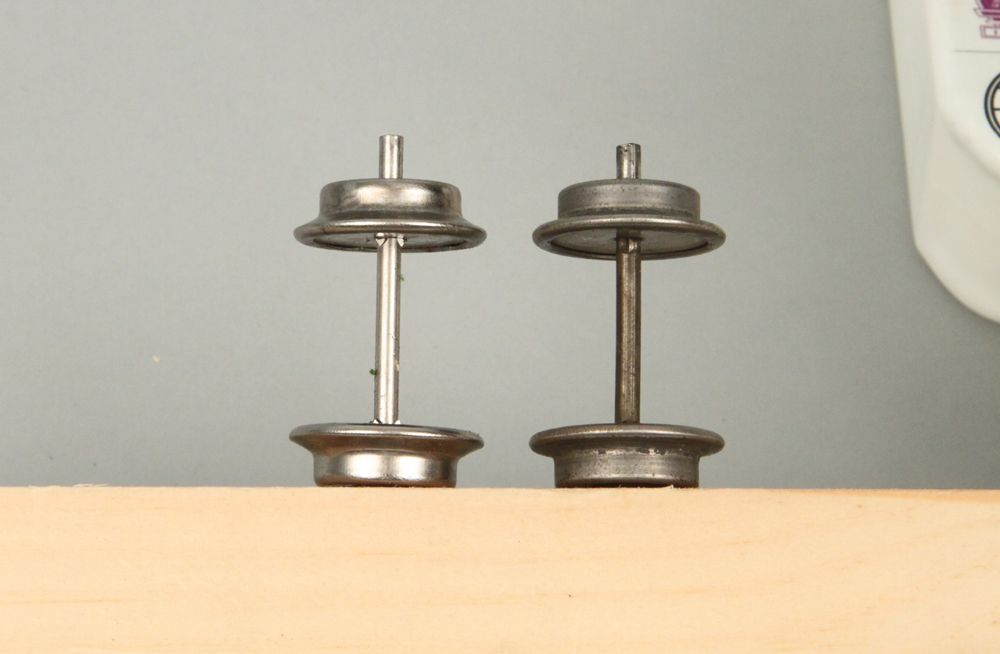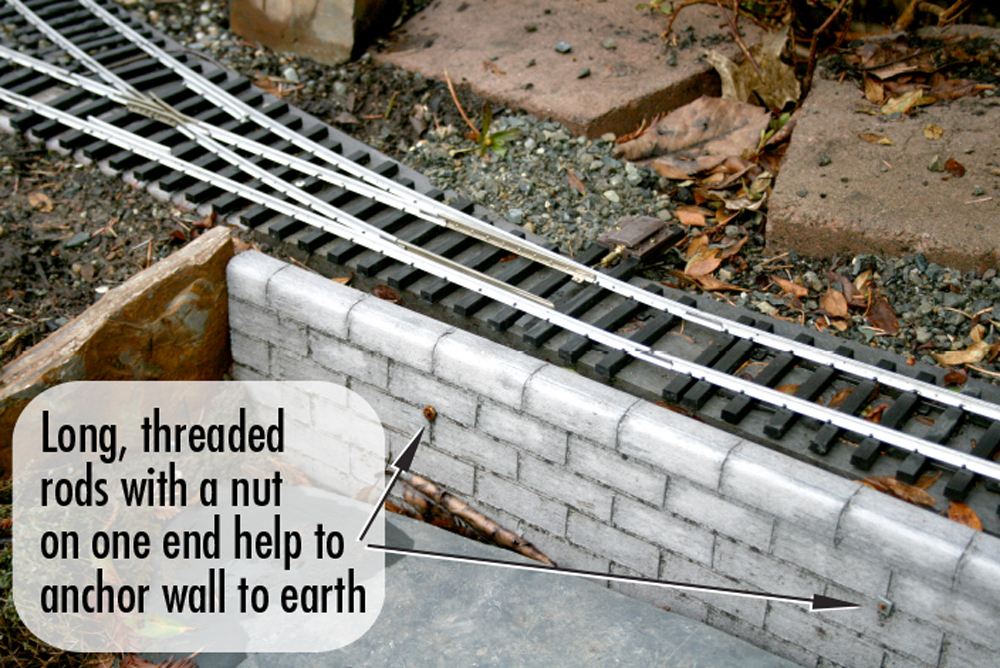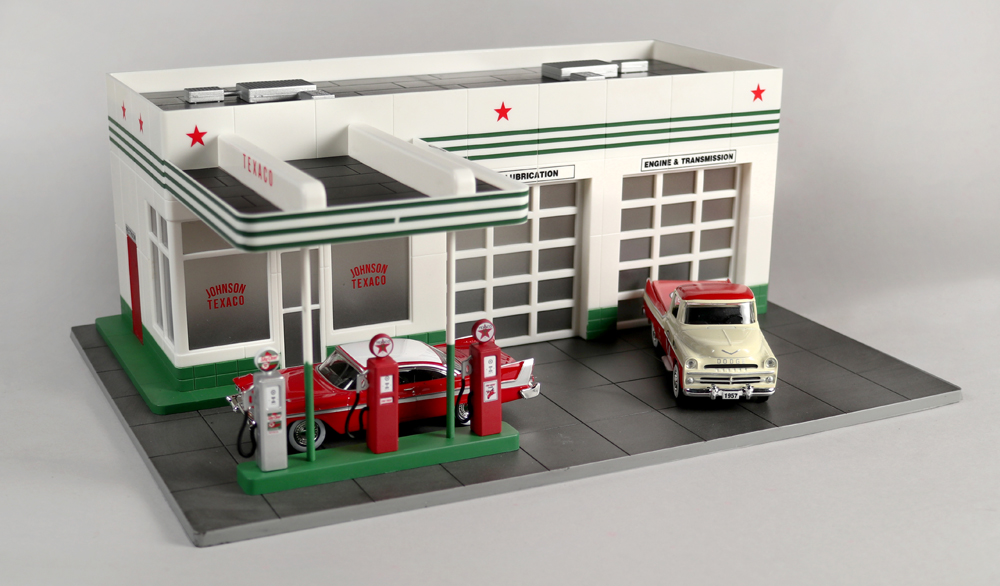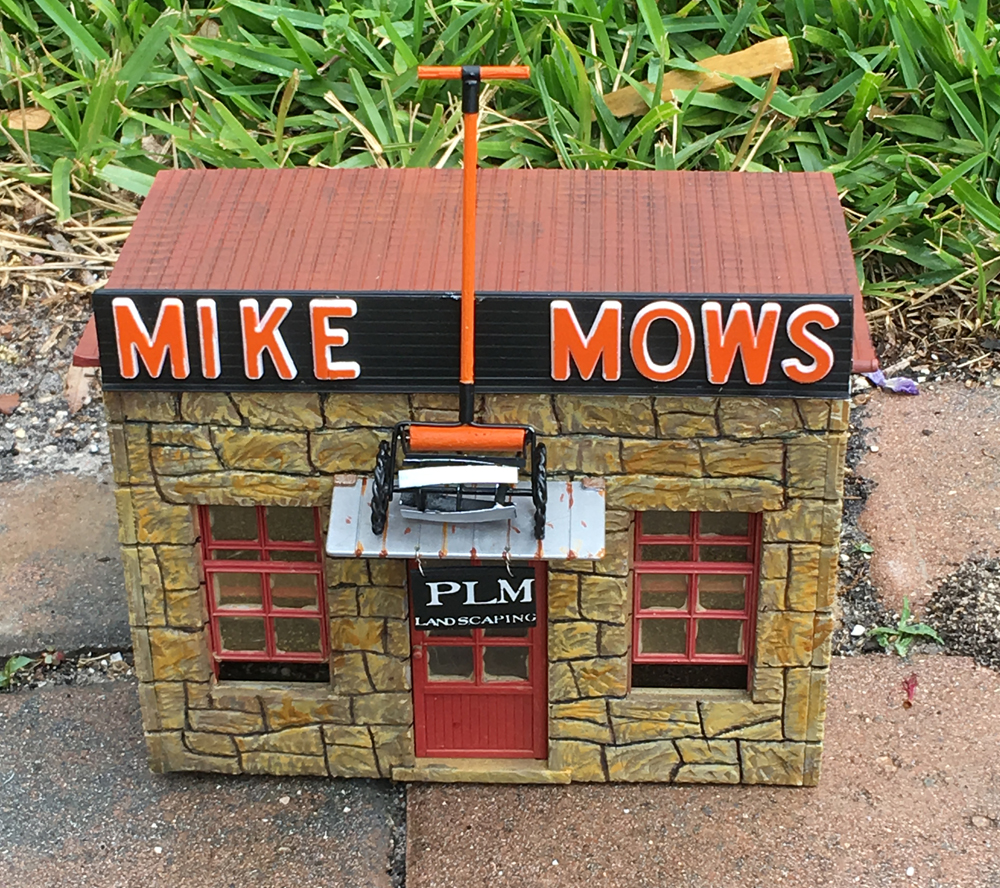Model steam locomotive troubles and how to fix them: Compiled by John Page, Editor of the Model Railroader, in 1952. Many of the tips here address problems with open-frame motors and direct-current operation. However, many of the same gear and wheel-quartering issue still apply to locomotive models in any scale and manufacture.
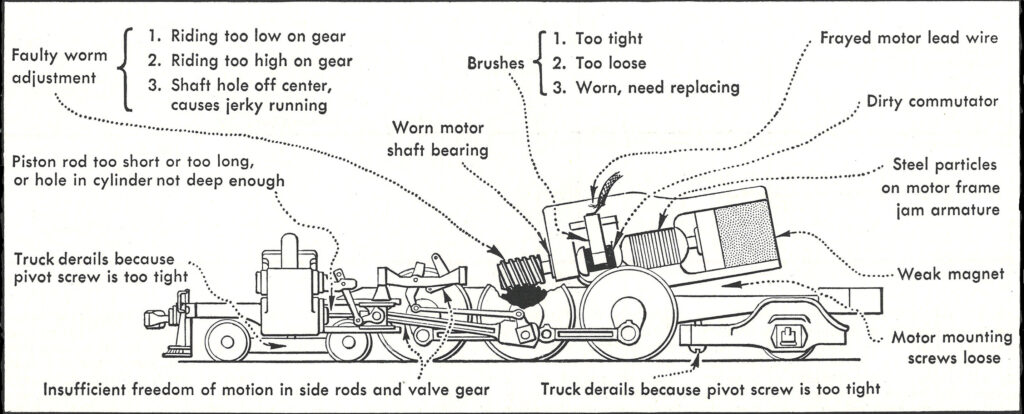
Model steam locomotive troubles symptom: Engine won’t run and shows no current drain
Check for open circuit
1.) Current may not be getting to track under engine.
2.) Dirt on locomotive of tender wheels or track.
3.) Pickup wheels on tender (if present) may be on wrong rail.
4.) Both motor brushes may not be touching the commutator.
5.) Commutator may be too dirty.
6.) Pickup wire from motor to tender may be broken or loose.
7.) Wires may have broken away from the brush.
8.) Armature winding wire may have come loose from commutator.
9.) Dirt at tender truck king pins.
Locomotive troubles symptom: Engine won’t run and short circuits
Check for short circuit
1.) Lift engine off the rails; if short circuit continues, the trouble is not in the engine.
2.) See that all insulated wheels of the locomotive are on one rail, those of the tender (if used) are on the other rail.
3.) Remove the locomotive boiler and see if the mechanism will run without it.
4.) Test each wheel set by touching treads of both wheels simultaneously with energized test wires to see if two-rail insulation is OK. Sparking at test wires will indicate fault insulation.
5.) Move motor armature with finger; if locked or hard to rotate, check worm gear assembly, side rods and valve gear for binding. Also check to see that all driver axles are seated properly in their bearings and that the driver retaining plate on the main frame is not clamping against the axles.
6.) Check motor to see if an iron fragment or screw has been drawn onto it by magnetism might be blocking the armature.
Locomotive troubles symptoms: Engine runs haltingly
Check for bind in mechanism
1.) See if worm is set too deeply in gear.
2.) Check side rods for binding or loose crankpin screws.
3.) Check eccentric cranks to see that they are positioned properly and not loose on drivers.
4.) Check to see if piston rod is too long and bumping against front cylinder head.
5.) Check front driver crankpins which may be striking crosshead, or crosshead guides.
6.) Drivers may be out of quarter.
Locomotive troubles symptom: Engine runs too noisily
Check for faulty parts or adjustment
1.) Worm may be riding too deep or too shallow in gear.
2.) Worm or gear shaft hole may not be perfectly centered, causing a tight spot every revolution.
3.) Motor-mounting screws may be loose, causing excessive vibration.
4.) Engine is perhaps being operated at an excessive speed for its type — for example, a switcher at 60 mph.
5.) Worm-gear ratio may be unnecessarily high, requiring an excessive motor rpm to obtain normal engine speed.
6.) Wrong type of lubricant may not be adhering to worm and gear.
Model steam locomotive troubles symptom: Engine makes jack-rabbit starts
Check for fault power equipment or motor adjustment
1.) Rheostat may not be evenly graduated.
2.) Excessive dirt on commutator or track.
3.) Mechanism may have tight spots.
4.) Commutator may have rotated on shaft, throwing motor out of electrical balance.
5.) Engine’s shafts, axles, or rods bind.
6.) Rheostat not of the proper size.
Locomotive troubles symptom: Engine rolls from side to side as it runs, like a ship wallowing in a rough sea
Check drivers and axle bearings
1.) Almost always caused by drivers that aren’t concentric with their axles or too loose in their bearings. Causes no harm, but many model railroader object to the appearance of such engines in operation. Only solution is to obtain new drivers or have old ones machined.
See other interesting books and downloads at the Kalmbach Hobby Store.

